At the end of last half term, Year 1 Coots took their Maths learning outside. The children had to hunt for missing number sentences in our outside area and then work with their partner to find the missing number.
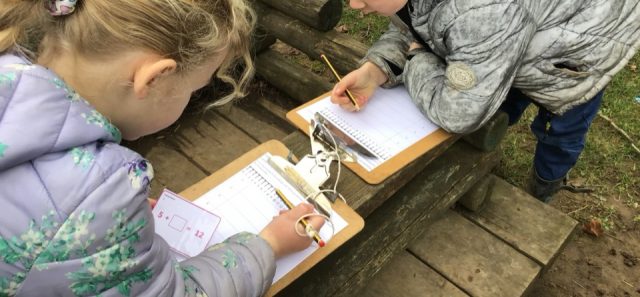
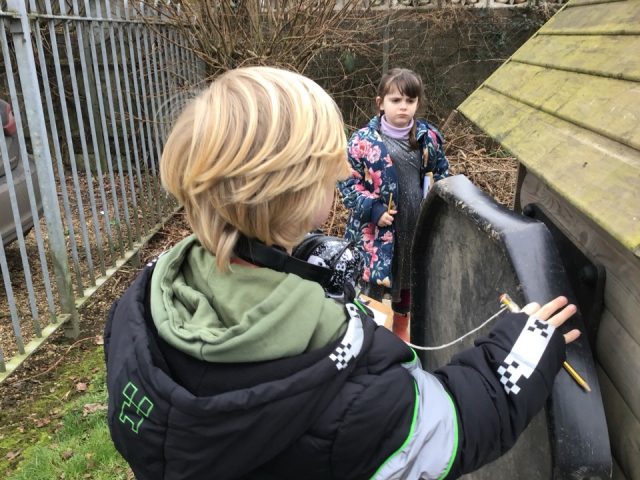
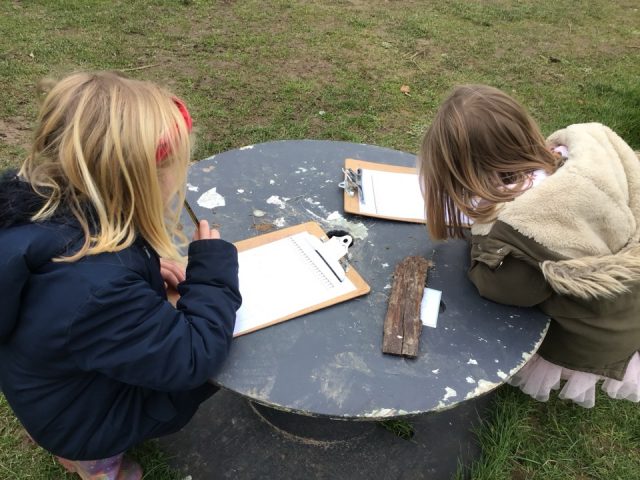

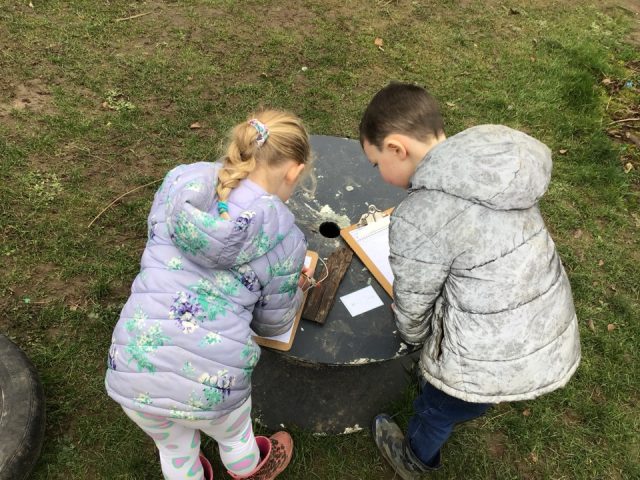
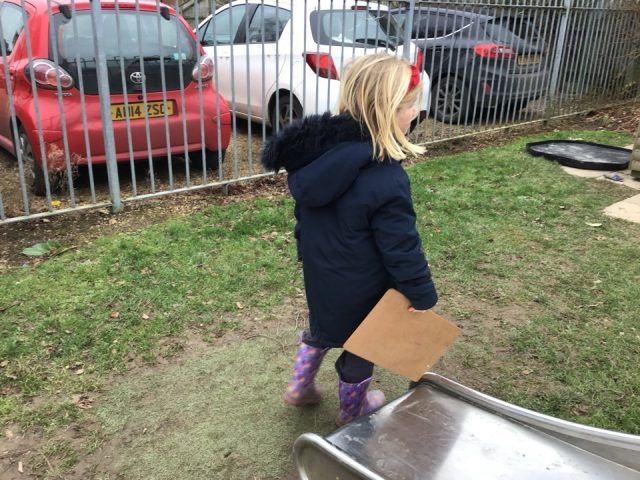
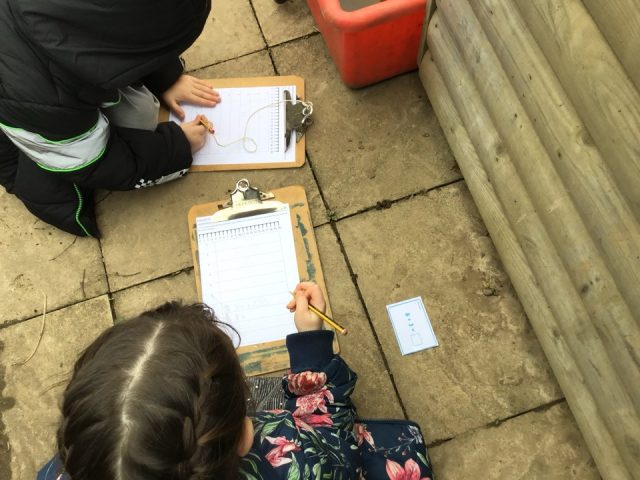
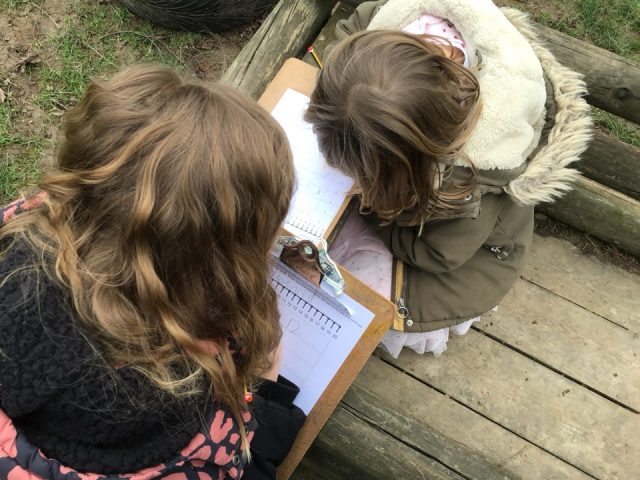
"They will soar on wings like eagles" (Isaiah 40:31)
Respect / Responsibility / Courage / Trust / Perseverance / Compassion
We aim to produce an ambitious, connected curriculum accessible to all pupils which covers the content of the National Curriculum whilst developing resilient, critical thinking mathematicians who are fully prepared for the future.
The White Rose Maths approach is used throughout the school. This is an inclusive approach based on the principles of cognitive psychology and child development. It is intended that all children, regardless of their starting point, will maximise their academic achievement and leave Salhouse with an enthusiasm for mathematics .
We aim to:
Pupils have a daily dedicated mathematics lesson from Reception through to Year 6. Consistency and continuity is ensured through the adoption of the schemes of learning published by White Rose Mathematics. Teachers are supported to plan effectively, producing lessons incorporating fluency, reasoning and problem solving. Lessons are planned and sequenced so that new knowledge and skills build on what has been taught before. The White Rose schemes are complemented with additional resources which reinforce reasoning and problem solving. The school has a Calculation Policy which is adhered to when teaching formal methods, understanding that sometimes children find their own efficient methods along the way. Teachers adapt the long term plan to fit their class’s specific needs, term lengths and moderation and assessment requirements.
Mathematics lessons are designed with a concrete, pictorial and abstract (CPA) approach, providing our pupils with the scaffolding required to access the learning at all levels. We place an emphasis on pupil engagement and metacognition. Lessons are designed to encourage pupil engagement through careful using questioning and modelling. Groupings and learning styles are varied in order to engage pupils and create an accessible curriculum.
Termly assessments using Rising Stars material enable teachers to monitor progress and carry out gaps analysis and misconceptions. This assessment data is used to inform teacher assessment and planning. Key stage 2 classes make use of ‘early work’ to revisit areas previously covered, time is also provided to practise times tables regularly in order to build confidence and develop quick recall of these facts. Throughout school, children make regular use of Doodle maths software both in class and at home to help build on and apply their skills. Carefully planned weekly home learning activities support parents to support their children’s learning.
Year 5 and 6 mixed age overview
Salhouse Year 4 And 5 Mixed Age Maths Scheme Of Learning (White Rose)
The mathematics curriculum at Salhouse is accessible to all.
Children will become confident mathematicians who enjoy maths and understand its relevance to their lives. They will understand how to effectively use resources to support their learning. They will be able to articulate their ideas clearly and represent their working in a range of ways. They will be, and feel, prepared for statutory tests with the majority meeting and exceeding national expectations. All children will be able to evidence their progress and learning journey as they are challenged and supported to grow as mathematicians.
At the end of last half term, Year 1 Coots took their Maths learning outside. The children had to hunt for missing number sentences in our outside area and then work with their partner to find the missing number.








In our Maths learning this week, Reception Coots have been making repeating patterns and Year 1 Coots have been making number bonds to 10.
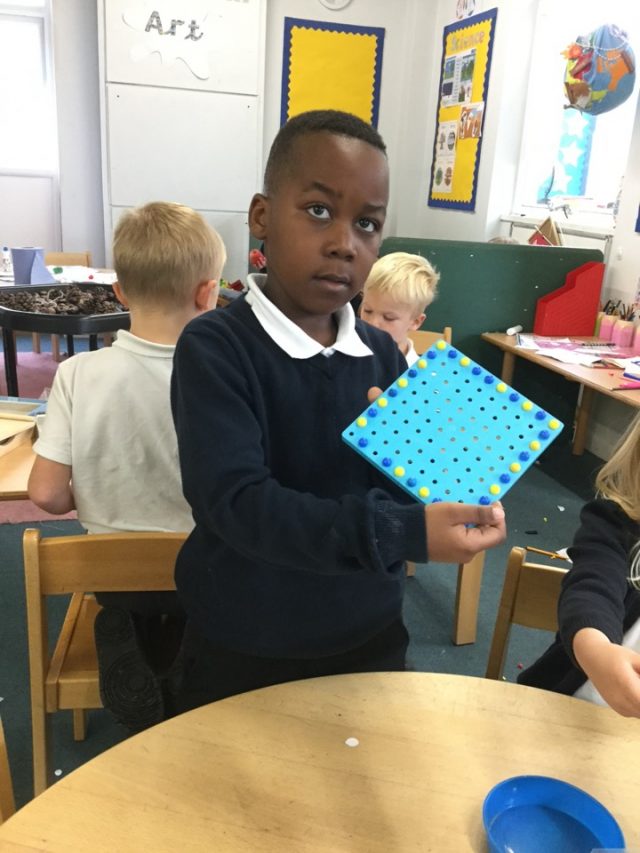
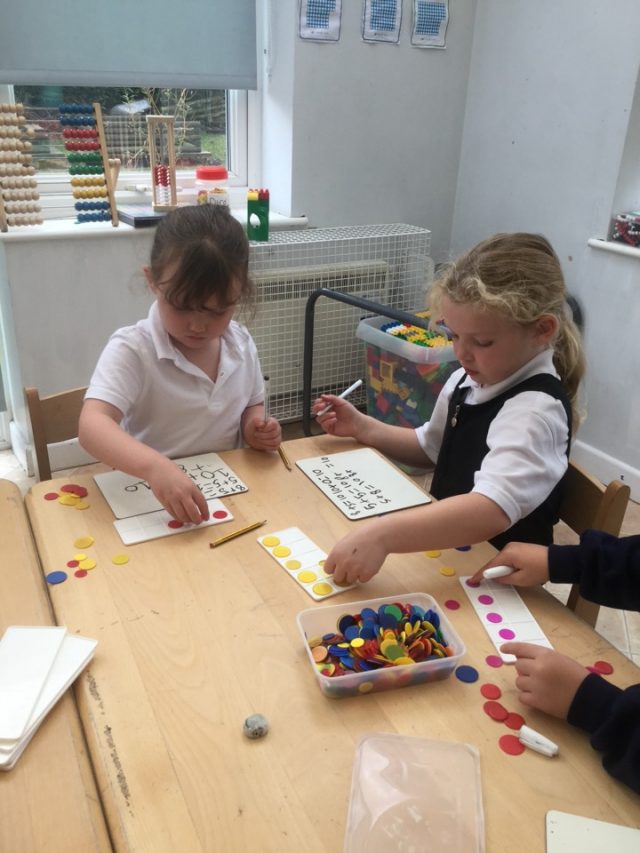
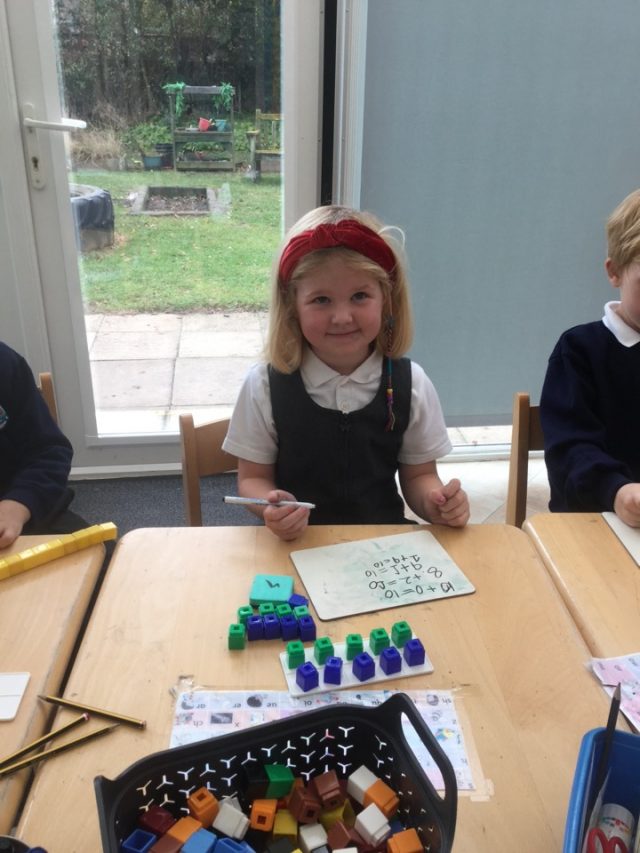
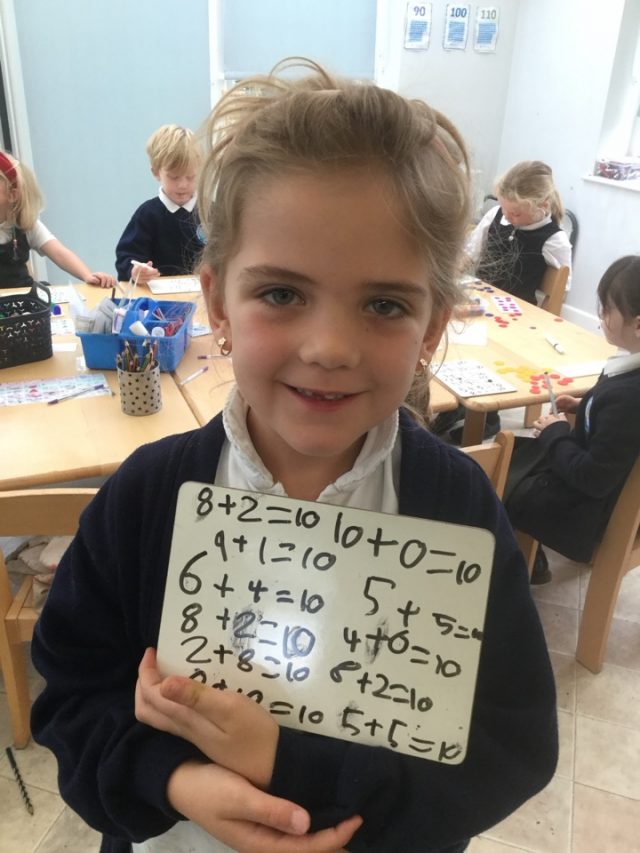
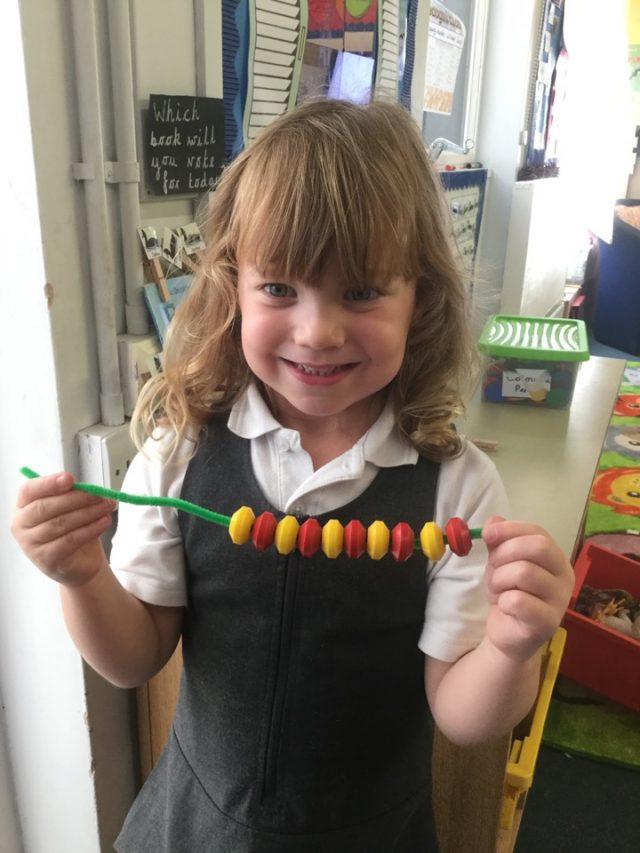
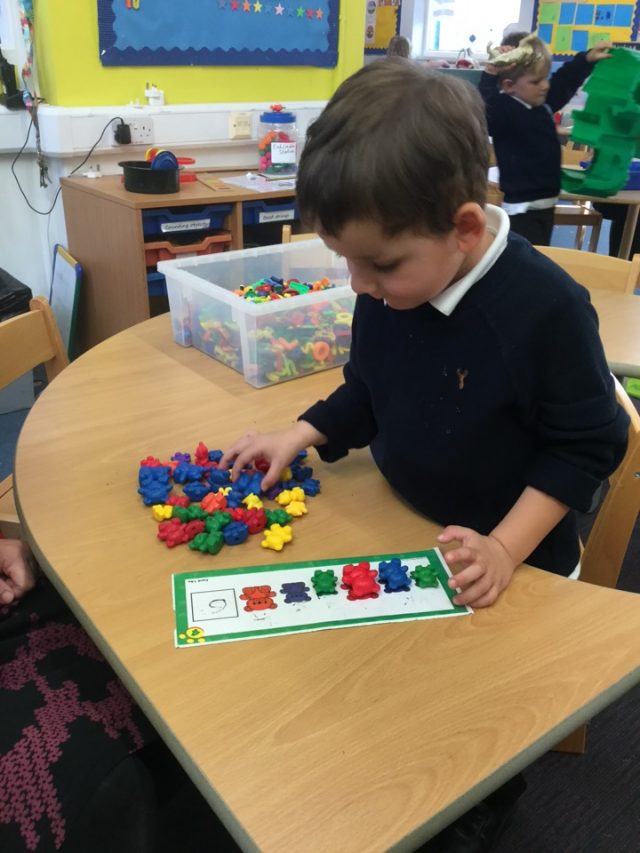
Kingfishers have been using place value counters and base ten to add and subtract 100s.
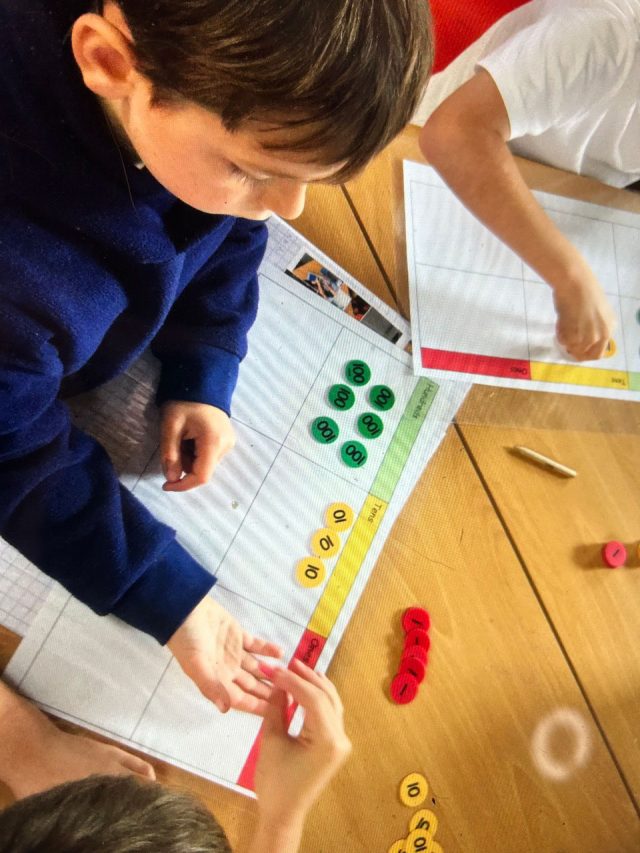
Coots reception and year one follow the White Rose maths scheme.
Reception identifying and making shapes with 4 sides.

